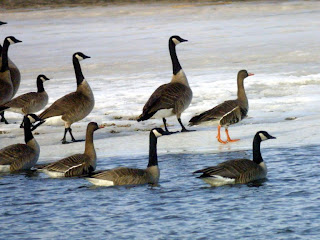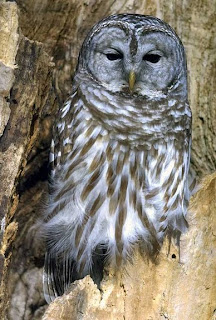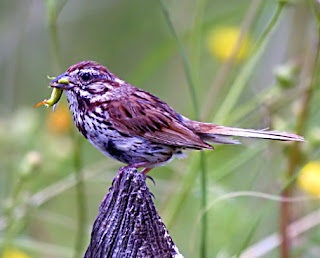What selective advantage could there be to flocking?
Flocking can cost: large guillemot colonies can number in millions and take 200 tons of food a day from surrounding water. There are two hypothesis for flocking: 1) predator hypothesis 2) food hypothesis.
1. There is protection in numbers. You have more eyes flock to watch for predators. Clumped birds seem to be more difficult for predators to take--confuses predators (duck hunters know you have too aim at an individual in a flock). Wood Pigeons take more food in flocks and spend less time looking for predator. Many island forms, where there are no predators, don't flock.
2. Food is often in patches. Flocks can find more food/hr than a single bird and sharing doesn't cancel advantage. Flocking may stir up prey.
Galapagos finches flock while Hawaiian Honeycreepers don't--the difference is food! The finches eat patchily distribted seeds while the honeycreepers go for uniformily distributed flowers.
The two hypothesis probably go hand in hand.
In Costa Rica: solitary birds are: 1) terrestrial foragers in dense undergrowth, 2) hummingbirds which perch a lot, and 3) sentinel foragers that fly from perches. ALL HAVE LOW VULNERABILITY TO PREDATION. Single species flocks exploit clumped food, especially fruit. Mixed species flocks are found in forest upper stories, exploit evenly distributed food and are highly vulnerable to predators in canopy.




Comments
Post a Comment